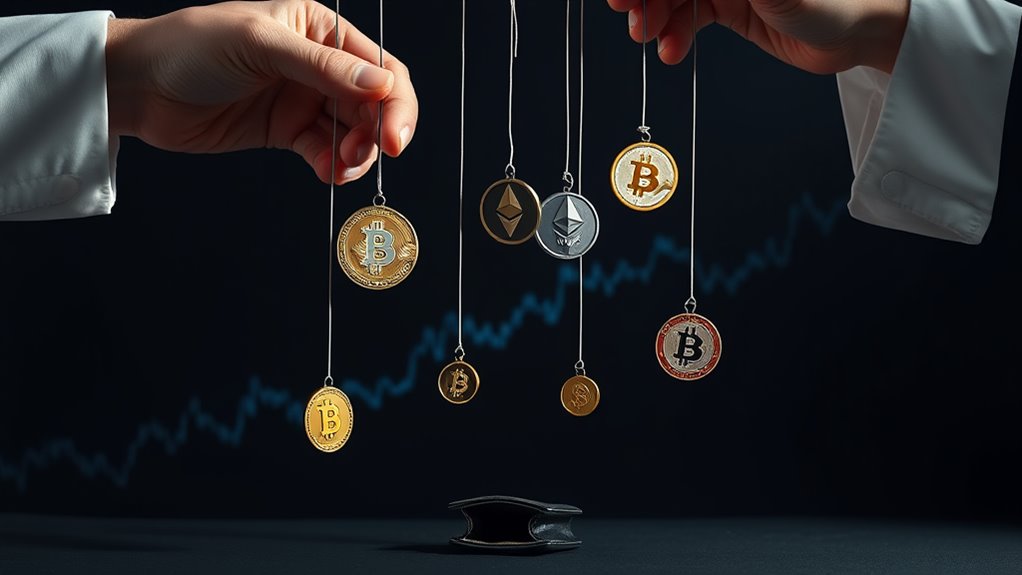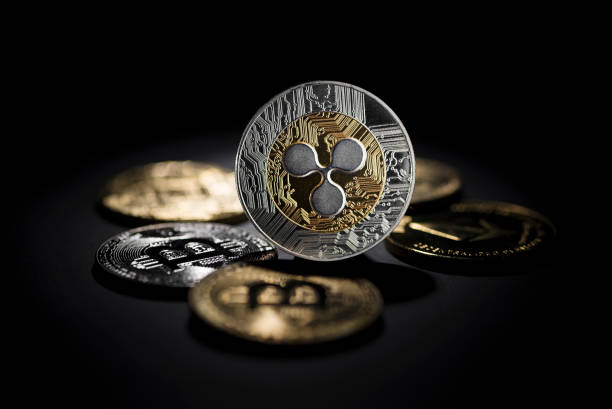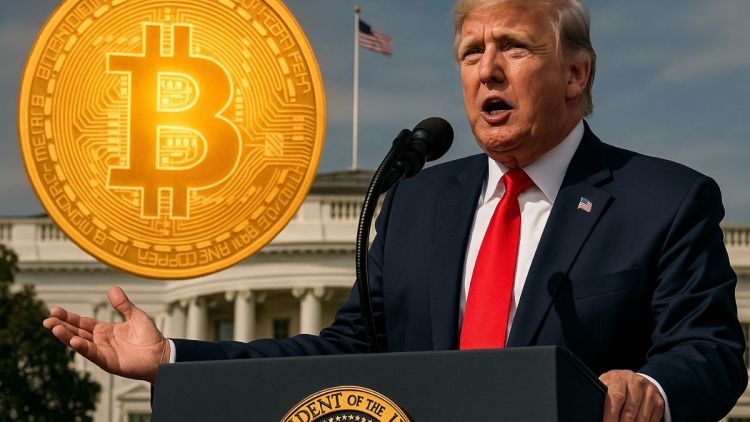Understanding Market Manipulation in Crypto
Note: This post may contain affiliate links, and we may earn a commission (with No additional cost for you) if you make a purchase via our link. See our disclosure for more info. The crypto world is constantly changing. This content is for informational purposes only and not financial, legal, or professional advice So, please verify the info on the cryptocurrency provider’s websites.
Market manipulation in crypto is a wild ride. Think pump-and-dump schemes that leave unsuspecting investors high and dry. Spoofing? Yep, that's where fake buy walls trick traders, while wash trading creates the illusion of crazy volume. Whales, those big players, can send prices on a rollercoaster ride with mere clicks. Insider trading is tricky to catch in this decentralized mess. It's a free-for-all! Want to dive deeper into these shenanigans? There's more to uncover.
 market manipulation tactics">
market manipulation tactics">Market manipulation in the crypto world is like a wild west showdown, but instead of cowboys, you've got tech-savvy con artists. These guys are slick.
Take pump-and-dump schemes, for instance. A group of folks hypes up a low-market-cap cryptocurrency, and just like that, prices skyrocket. But wait—it's all based on fake news and buzz from Telegram or Reddit. When the hype dies, it's a fast crash, leaving innocent investors with empty pockets. It's a classic con, and the lack of regulation makes it a playground for these manipulators.
Pump-and-dump schemes turn hype into havoc, leaving unsuspecting investors out to dry in the crypto chaos.
Then there's spoofing. Imagine setting up a giant buy wall just to yank it away—classic bait and switch. It's like placing a fake order just to freak everyone out into selling. This tactic is a real kicker for market confidence.
Remember the early days of Bitcoin? Yep, this was happening then and still does, especially on those sketchy exchanges where anonymity reigns supreme.
Wash trading? Oh boy. It's where the same asset gets tossed around like a hot potato to make it look like there's serious trading going on. Spoiler alert: there isn't. Exchanges love it since it boosts their revenue. But for investors? Not so much. It makes price discovery a total mess.
Let's not forget the whales. These big fish manipulate prices with their massive buy and sell orders. They thrive in low liquidity, triggering panic and stop-loss orders like it's their job. Meanwhile, the little investors are left scrambling, watching volatility wreck their portfolios.
And then there's insider trading. It's illegal, but good luck proving it. Decentralization makes it tough to catch the culprits. Regulatory frameworks are lagging, leaving a vacuum that these manipulators exploit.
The crypto market is a madhouse, and it's high time someone brought some order to this chaos. Implementing robust KYC procedures could significantly reduce these manipulative practices by verifying user identities and making anonymous schemes harder to execute.
Frequently Asked Questions
What Are the Legal Consequences of Market Manipulation in Crypto?
Market manipulation in crypto? Oh, it's a legal minefield. The SEC and DOJ aren't playing around. Expect hefty fines, permanent bans, or even jail time.
If found guilty, defendants could face serious prison sentences. They'll need to prove their case under the Howey Test.
And good luck hiding behind anonymity; that won't save you. So, yeah, the consequences can be pretty brutal. When it comes to crypto, the law means business.
How Can I Report Suspicious Market Activity?
Reporting suspicious market activity? It's not as hard as it sounds.
Just hop over to ic3.gov. Fill out their form; include juicy details like scammer contact info and transaction records.
Don't forget those crypto addresses! Keep it hush-hush—scammers don't need to know they're being reported.
You might not get updates, but at least you did your part. Good luck! The wild world of crypto waits for no one.
Are There Any Tools to Detect Market Manipulation?
Sure, tools for detecting market manipulation exist.
Data aggregation platforms can pull info from over 100 exchanges—like a super-sleuth for trading. They spot weird patterns in trades, analyze smart contracts, and flag suspicious activities.
Trade surveillance systems? They monitor 24/7, catching insider trading and Ponzi schemes. It's like having a watchdog on steroids.
How Does Market Manipulation Affect Long-Term Investors?
Market manipulation is like a rollercoaster for long-term investors. One minute, prices spike; the next, they crash. Whales play their games, leaving retail investors in the dust.
Spoofing? It's just a fancy word for trickery. Wash trading? That's the art of misleading.
And guess what? Trust erodes. Investors are left wondering if they're throwing their money into a pit.
Welcome to the wild west of investing, where stability is just a myth.
Can Market Manipulation Occur in Decentralized Exchanges?
Absolutely, market manipulation can thrive in decentralized exchanges.
Imagine this: low liquidity pools are playgrounds for price tampering. Bots front-run innocent traders, snatching profits like candy.
And let's not forget wash trading—self-dealing to pump up numbers. It's a wild west out there.
With anonymous transactions and dodgy token listings, you can't even tell who's pulling the strings.
Regulatory bodies are scrambling, but good luck catching the culprits in this chaotic mess.











